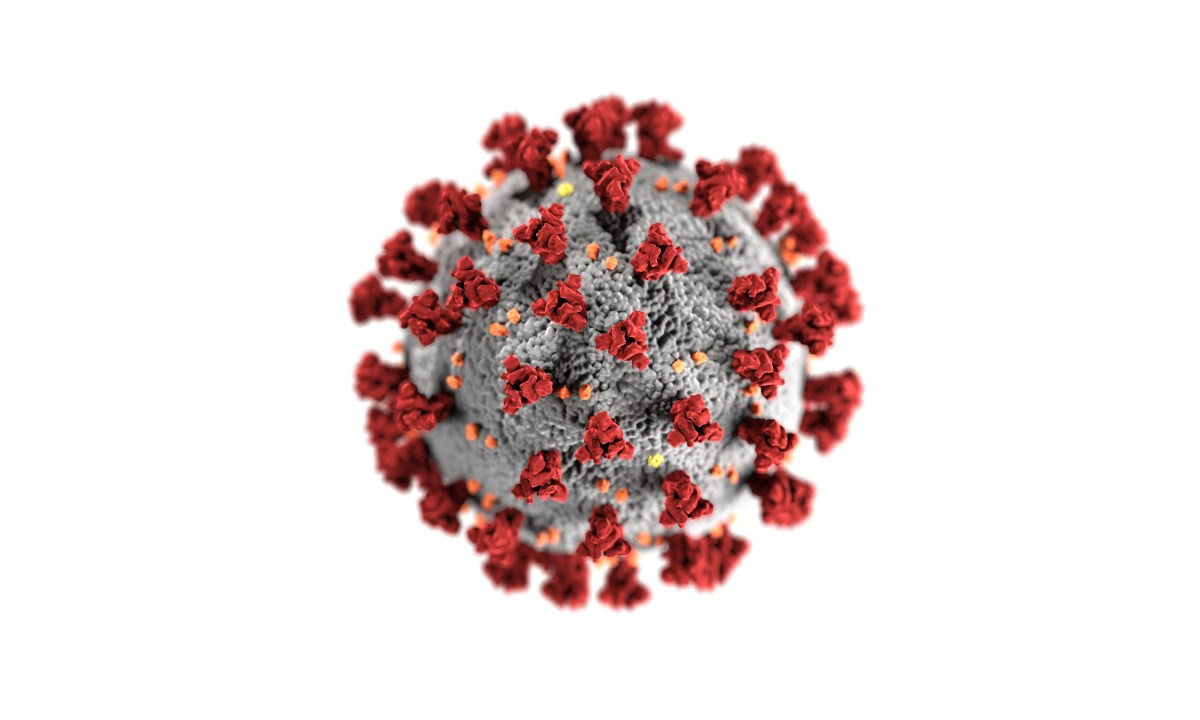As the flu season approaches, health experts are closely monitoring the intersection of influenza (flu) and COVID-19, which are expected to peak in tandem around December. Dr. Grace Ting, chief medical officer at Nassau University Medical Center (NUMC) in East Meadow, warns that both viruses may circulate simultaneously, presenting particular risks to vulnerable populations.
“The CDC [Centers for Disease Control and Prevention] predicts that flu and COVID will likely peak around December, so people might find themselves dealing with one virus right after the other or even both at once,” Ting said. “We’ve seen people test positive for both in the past,\ and that remains a possibility.”
The simultaneous presence of both viruses raises concerns for high-risk groups, including older adults, young children and individuals with underlying health conditions. This group is particularly susceptible to complications from respiratory infections, a concern as the medical center has already seen some cases of both illnesses.
“We’re most concerned about the same groups as previous years,” Ting noted. “The very young, those over 65, pregnant people and individuals with chronic conditions like diabetes, heart disease and lung disease are most at risk.”
In light of the anticipated uptick in cases, Ting emphasized the importance of preventive measures, particularly vaccinations. While some individuals have experienced “vaccine fatigue” after multiple COVID shots, the flu vaccine remains widely accepted, she observed. Many people are already accustomed to the annual flu shot, but recent years have shown a decline in COVID vaccine uptake.
“The flu vaccine has become part of the routine for many people, while some are more hesitant with the COVID vaccine due to having received multiple doses already,” Ting explained. She emphasized the benefits of vaccination, adding that “even if a flu or COVID vaccine doesn’t offer full immunity [against a particular strain of the virus], it can still provide substantial protection.”
Amid a shifting landscape of COVID-19 guidance, Ting advised continued caution regarding masking and testing. Mask-wearing, she said, remains a personal choice, particularly for those at higher risk, who should consider wearing masks in crowded settings.
“Masking is a personal decision, but I recommend that people at high risk think about wearing a mask in gatherings,” she said. “It’s not needed at home or when you’re by yourself, of course, but if you’re around large groups or if you’re vulnerable, it’s something to consider.”
Testing remains a key component of COVID-19 management, particularly given the risk of spreading to family, friends and coworkers. Ting advised that anyone with symptoms should get tested, not only to confirm infection but also to protect those around them.
“As a medical professional, I would always advise people to get tested if they think they have COVID,” Ting stated. “It’s not just about knowing for yourself—it’s also to protect others around you.”
While isolation protocols have relaxed, the CDC still recommends a seven-day quarantine period for those testing positive. However, Ting observed that adherence to quarantine measures has decreased.
“Many people aren’t quarantining for the full seven days anymore,” she said. “But the CDC still recommends it, especially to prevent further spread.”
As COVID-19 evolves into a seasonal illness with patterns resembling the flu, many may wonder if yearly boosters are necessary. Ting explained that an annual COVID booster will likely become the norm unless a new, significantly different strain emerges, necessitating a targeted vaccine.
“Right now, it seems like a yearly COVID booster is reasonable,” Ting said. “Unless we see a new variant, an annual dose should suffice for most people.”
For those who test positive and are unsure about when to seek medical care, Ting offered guidance based on symptom severity. While most cases of COVID-19 and the flu can be managed at home with fluids, fever reducers and rest, those experiencing severe symptoms or with high-risk factors should seek medical attention.
“Most people today aren’t getting as sick with COVID and treatment is largely symptomatic,” she explained. “But if you’re feeling unusually unwell or have risk factors, it’s worth consulting with a doctor or urgent care for prescription medications.”
The upcoming months will challenge hospitals and urgent care centers as they brace for a potential surge in flu and COVID-19 cases. As both viruses circulate, medical professionals like Ting urge people to stay vigilant, practice good hygiene and prioritize vaccination to protect themselves and others.
“People often forget basic handwashing,” she said. “And while no vaccine can provide complete immunity, getting vaccinated can offer significant protection against severe outcomes.”
As Nassau County prepares for another season of viral respiratory infections, the medical community stands ready to support residents in navigating the challenges ahead.
Visit www.cdc.gov/bird-flu for more information about this year’s flu forecast. Visit www.cdc.gov/covid for more information about COVID, including how to order free home testing kits.



































